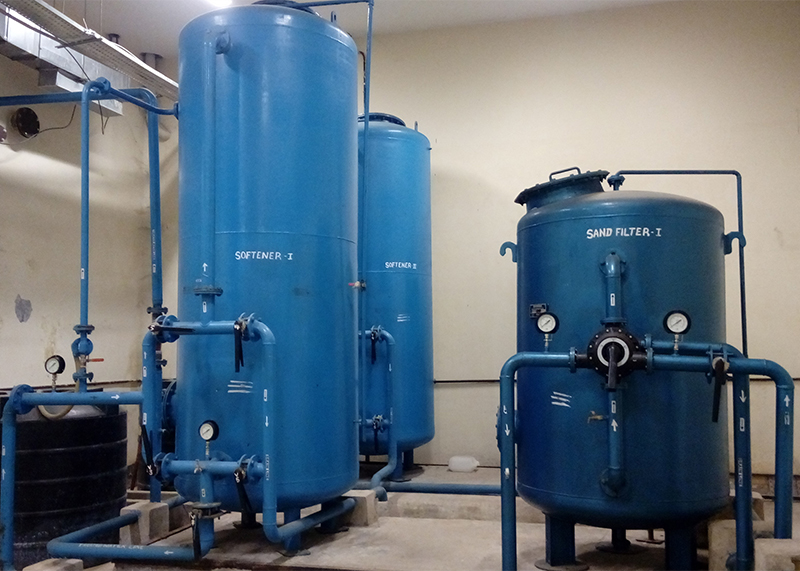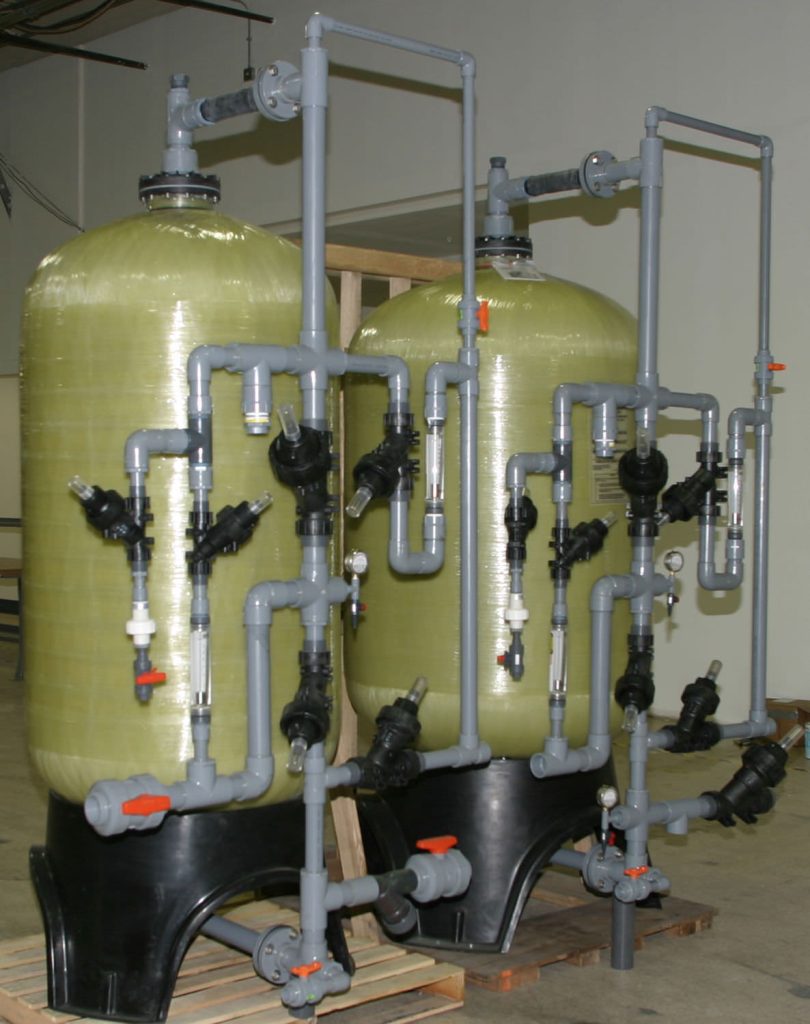Water Softener Plant:
Water hardness is measured in grains per gallon (GPG) or milligrams per liter (mg/l, equivalent to parts per million, or ppm). Water up to 1 GPG (or 17.1 mg/l) is considered soft, and water from 60 to 120 GPG is considered moderately hard. A water softener’s effectiveness depends on how hard the incoming water is. Water over 100 GPG may not be completely softened.
Hard water is frequently unsuitable for many industrial and domestic purpose. When water is referred to as ‘Hard’ it simply means, that it contains excess of calcium (Ca) and magnesium (Mg) Ions than normal water.
Carbonate hardness is known as temporary hardness and non-carbonate hardness is known as permanent hardness. The degree of hardness of the water increases, when more calcium and magnesium ions are dissolves. These ions have their origins in limestone sediments and also from carbon dioxide which is present in all waters exposed to the atmosphere and especially in ground water. The easiest way to soft the hard water is through Ion exchange process.

How it Work:
Softening Is The Ion Exchange Process, It Is Done Through Resin, The Most Common And Probably The Easiest Method Of Removing Hardness (That Is Calcium And Magnesium) From Water And Suitable For Utility Purpose. As The Name Implies Ion Exchange Is A Process In Which Undesirable Ions Are Exchanged For More Desirable Ions. The Softening Process Consists Of Passing Raw Water Containing Hardness Through A Bed Of Cation Resin In Sodium Form. The Hardness Ions Ca& Mg Are Taken Up By Resin And In Exchange, The Sodium Ions Are Relinquished From The Resin. This Is Called The Service Cycle, Where The Hard Water Is Being Softened.

